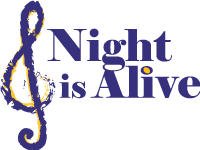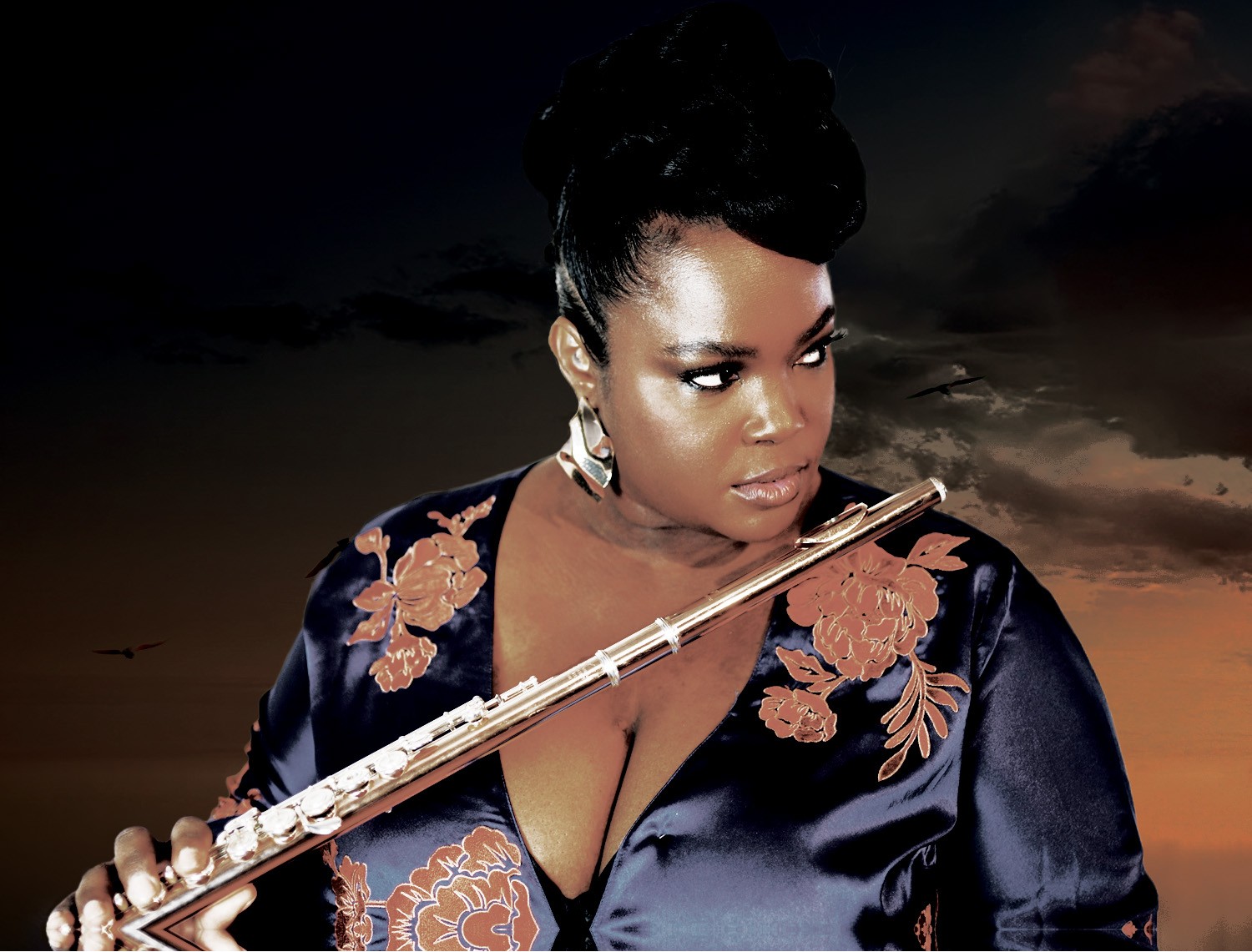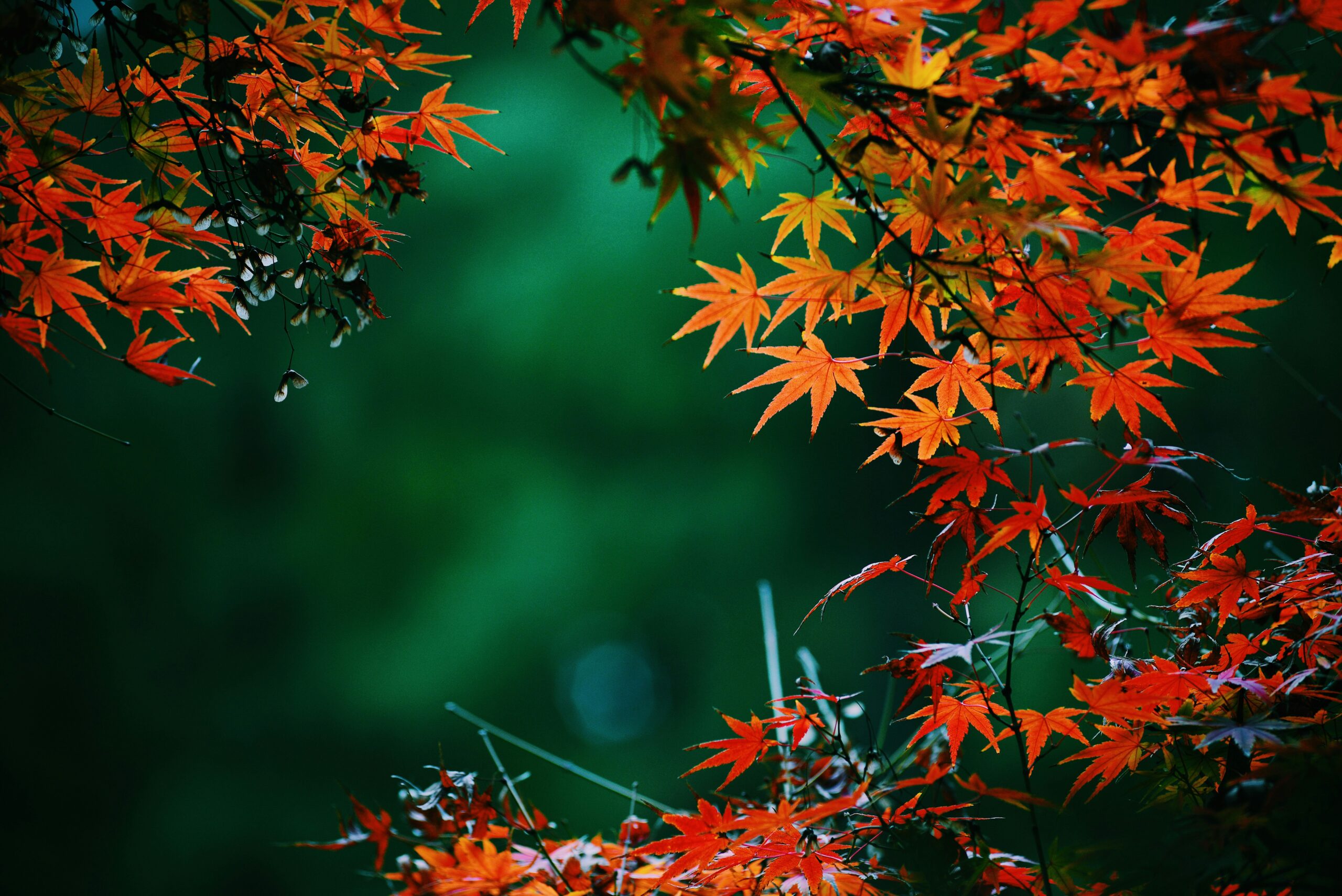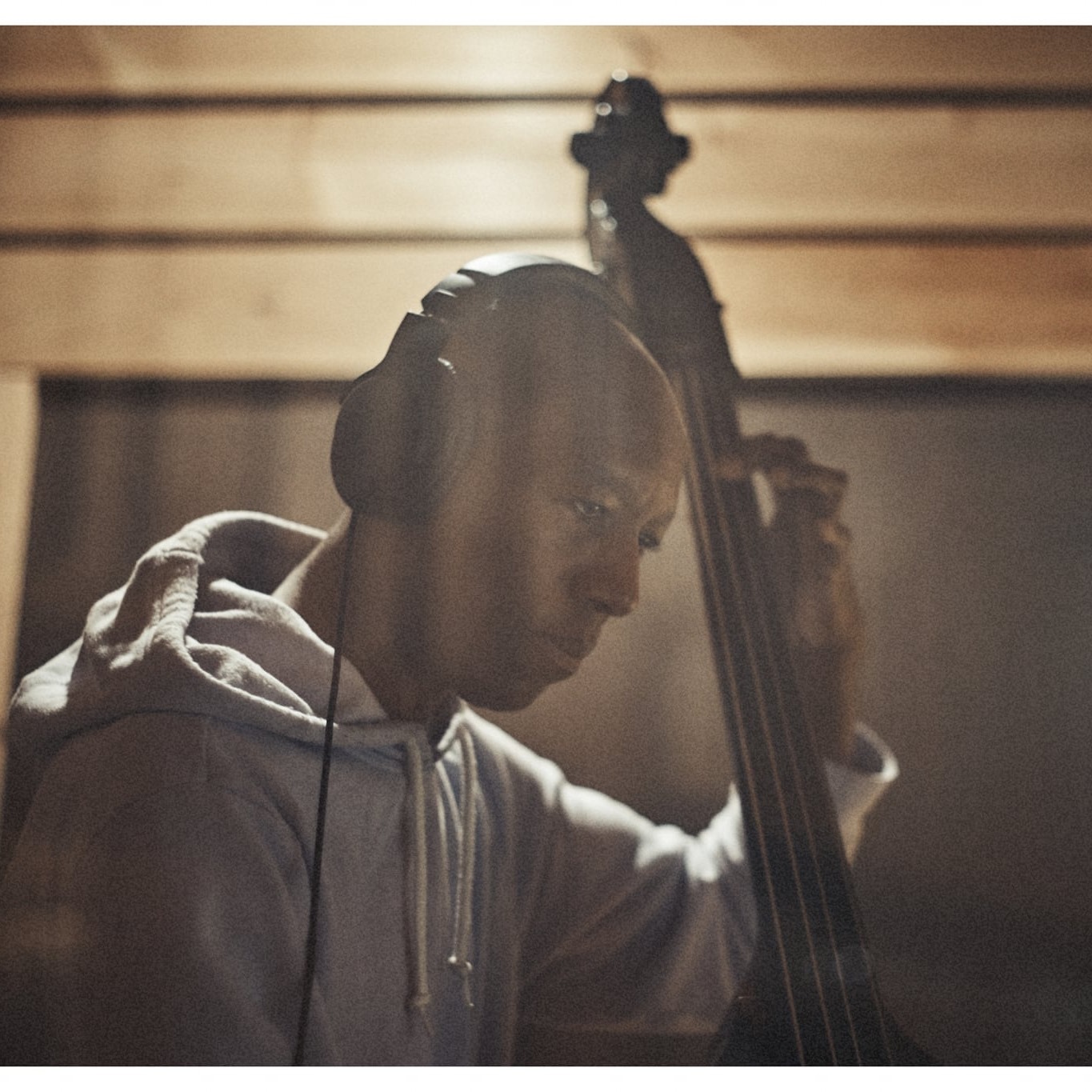Q&A with Camille Thurman – Part 1
Part One of Night is Alive’s exclusive interview with Camille Thurman
This week we had the privilege of speaking with Camille Thurman, the accomplished and multi-talented jazz musician whose powerhouse vocals and distinctive saxophone are showcased in the hot new album Radiance. Thurman may be the youngest musician on the album, but with five full-length studio albums and numerous prestigious awards under her belt, she is quickly becoming a name to remember. From touring and performing as a bandleader in Paraguay and Nicaragua, to founding a mentorship series and serving as cultural ambassador in Cameroon, Mozambique, Nigeria, Senegal, and Mauritania, Thurman has done it all!
Night is Alive: You are a saxophonist, singer and composer; and I’ve read that you practiced vocals, piano and flute as a child. What is your earliest musical memory? Which of your many musical pursuits were you originally drawn to most as a child?
Camille Thurman: Probably playing violin at age five. I remember my mother introduced me to Noel Pointer in Brooklyn and he had this blue violin and I was very intrigued by the blue. It had this lacquer on it that just shined.
NiA: Oh wow, I can imagine the blue being very intriguing at age 5! Did you get your own blue violin?
CT: I got a regular violin, it was great. I got to do it for a year, there was a great teacher at my school, Miss Young. And both of my parents appreciated music–my mom sang and played the piano. She would practice at night when I would sleep and I could hear her, then in the morning I would try to pluck the song she was singing on the piano. I learned a lot of songs this way and then they had a talent show at school and I signed up and told my mom and she was like, “wait what?” I just told her, “Oh, I’m going to play the piano, I hear you practice at night.” At that time I think she was playing Bette Midler’s “From a Distance” and I played the melody and she was floored, and I played it from beginning to end at the talent show in the 3rd or 4th grade.
NiA: That’s amazing! I bet she was so impressed by that. You’ve also played with musicians such as Tia Fuller and Mimi Jones.
CT: Tia Fuller and Mimi Jones were my mentors. Tia took me under her wing when she got out of college and she introduced me to Mimi Jones and I got to work with her. Tia was like my big sister–I learned so much from her about being a musician, being a woman in the industry, she got me through a lot and we had some amazing times together.
I didn’t play all the gigs with her; it was more like an apprenticeship, then after that I started playing with other people too–a mixture of playing with her and other musicians, getting on the scene, playing as much as you can. I played with Mimi and Terri Lyne Carrington, Wynton Marsalis and the Jazz at Lincoln Center Orchestra, and got to do a few things with other people, like Nicholas Payton, and so many others.
NiA: Do you have a favorite musical performance?
CT: No, you’re just doing it–every time you get to play it’s an accomplishment. Musicians are a dime a dozen. Everyone is trying to make a name for themselves, and I just wanted to play with my heroes. So just to get a call from them to play, that in and of itself was an accomplishment. Getting a call from one of your heroes saying, “Hey I want you in my band” is such an accomplishment. I’m getting to play with this person with all this history, like Louis Hayes, that was another wow. Every opportunity was special, getting to play with Terri Lyne Carrington. There wasn’t necessarily one particular moment.
Look for the second part of this compelling interview, coming soon! In the meantime, check out Night is Alive’s albums page for the very best in jazz.
Learn more about Camille Thurman at https://www.camillethurmanmusic.com/
written by Jacqueline Knirnschild




